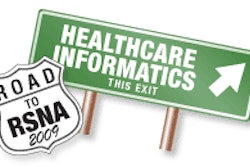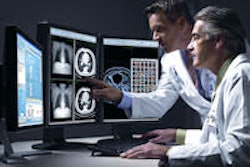Sunday, November 29 | 11:05 a.m.-11:15 a.m. | SSA11-03 | Room S403A
From a diagnostic imaging perspective, computerized order entry systems have the potential to monitor the number and types of procedures that physicians order, to alert physicians to the existence of prior patient exams when the system is interfaced to PACS, and to enforce or enlighten physicians to practice evidence-based medicine.Radiologists at Massachusetts General Hospital (MGH) in Boston have elected the enlightenment approach -- with barriers established for nonconformance.
MGH pioneered the concept of using informatics to advise its physicians of the appropriateness of the diagnostic imaging exams they were ordering. In 2004, a system providing real-time feedback about order appropriateness was added to the hospital's Web-based radiology order entry system. In addition to advising the ordering physician of the level of appropriateness of the procedure being requested using a simple utility score of 1-9, the system also recommends procedure(s) that would be more appropriate based on clinical indications of the patient.
The system had a very positive impact, as reported at previous RSNA annual meetings. But low-utility exams were still being ordered, frequently by nonclinical support staff working for the referring physician.
So in 2007, a simple change was implemented that restricted support staff from ordering exams that received scores indicating low utility -- these could only be authorized by the referring physician. As a result, the number of low-utility exams ordered decreased by half, to less than 2% of the total. In addition, the proportion of exam requests ordered by clinicians themselves more than doubled.
"Doctors need to use the decision-support system for it to be effective, but getting them to do so can be difficult. A minimally disruptive alteration in the radiology order entry system can encourage this behavior, enhancing the effectiveness of decision support and decreasing the overall use of low-yield examinations," said Dr. Vartan Vartanians, a radiology clinical research associate and the session presenter.



















